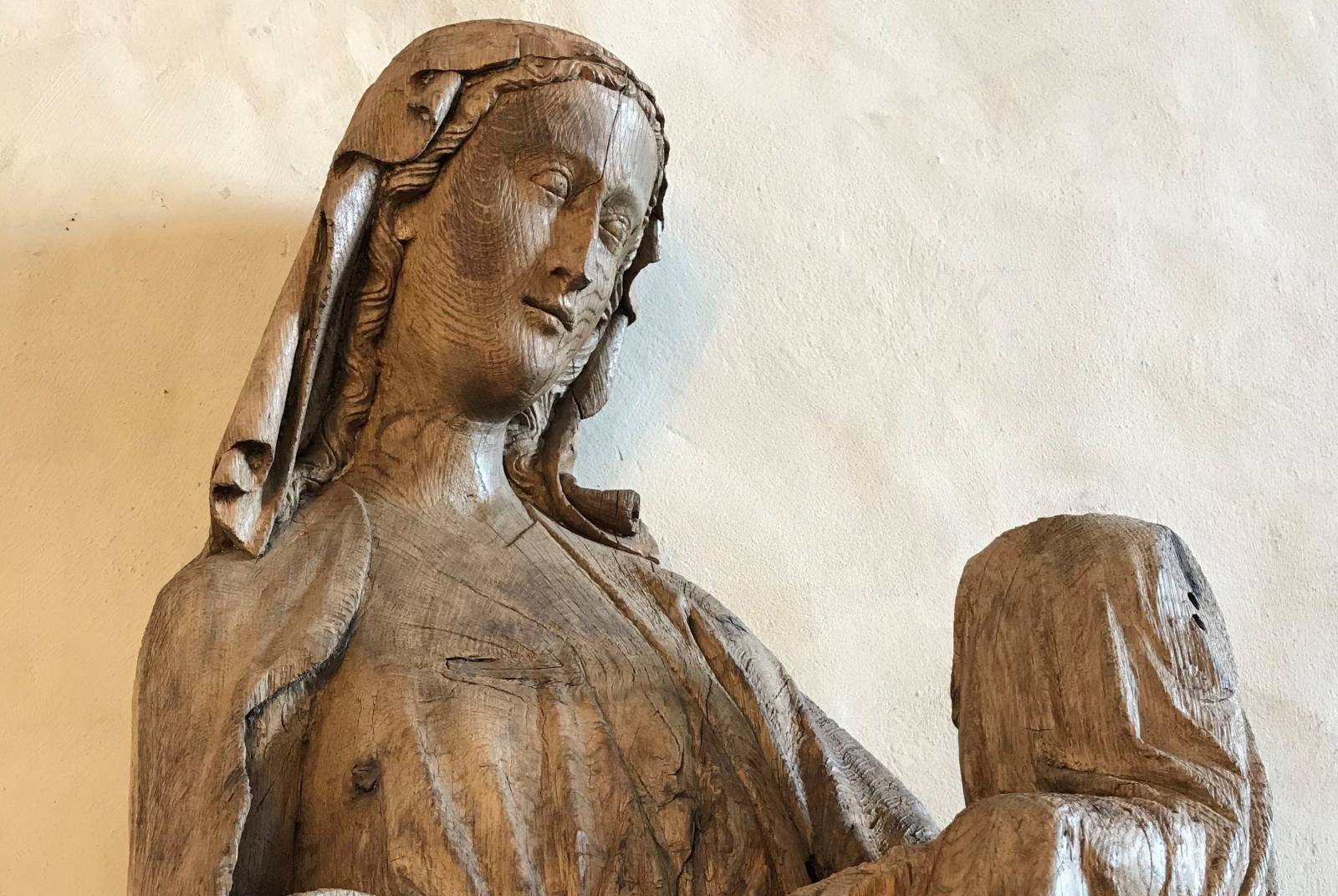Background
Religion–as–lived emerges from the understanding that religion was something, that people actively negotiated, practiced, and lived daily. It was more than mere spirituality. Theology and the church as an institution were operating on the background, but religion was an active social process. Faith manifested itself through rituals, practices, and symbols. Lived religion was encapsulated in habits and shared emotions and experiences. While lived religion is an internationally upcoming field of research, there has been little work exploring medieval Finland. This project focuses on interaction with saints, of which the most important ones for us are Saint Birgitta, Virgin Mary, Saint Anne, and Saint Henry.
Goal
Saint cults and interaction with saints were one of the most distinctive features of medieval European culture. The cults were both local and translocal. They were a part of theology and church institution as well as the everyday and emotional lives of the Christians. This project combines a vast sample of written/literary and material medieval sources, such as liturgical manuscripts, sermons, wills, donations, sculptures, and other artifacts. Project analyses that from shared analytical concepts of materiality and sensory perception.
Artifacts created and reflected social relations: a saint was concretely present in its relics, creating a holy space around its grave. Sensing – via vision, sound, smell and even taste – made theology, liturgy and the presence of a saint concrete and comprehensible. We seek answers to questions such as: what was the lived religion like? What differences and similarities can be found from the comparisons to the Baltic Sea area? In which manner were the saints present in people’s everyday lives in, for example, altar donations and how they affected (collective) identity through liturgy, sermons, and artefacts?
Impact
Through innovative methodology, the project produces new information on medieval Finland, since a lot of the previous research is outdated. The preserved source material is fragmented, but novel questions will illuminate new perspectives. The collected data will be added to a Nordic database of practices within the cult of saint; the database is administered by our collaborator (Mapping Lived Religion -project) and it combines Finnish and Swedish material enabling comparative perspective and creating new options for future research. In addition, the project aims to contribute to international academic discussions on the methodology of lived religion.
Funding
The project is funded by Svenska litteratursällskapet i Finland (The Society of Swedish Literature in Finland).

